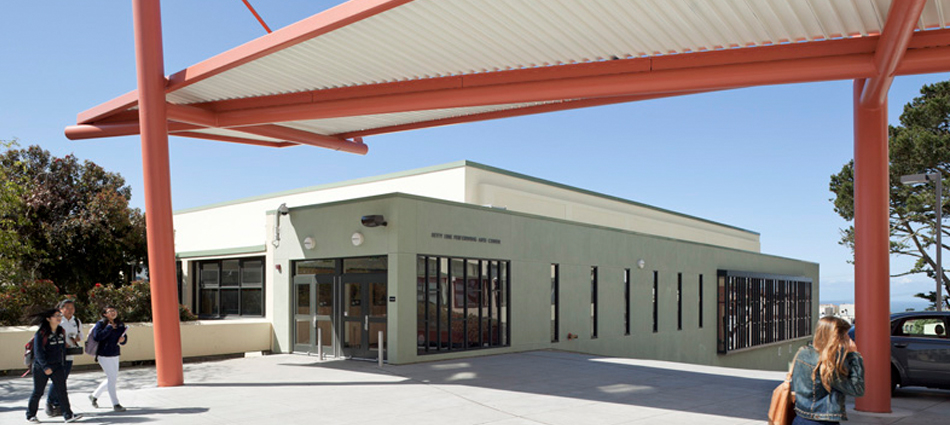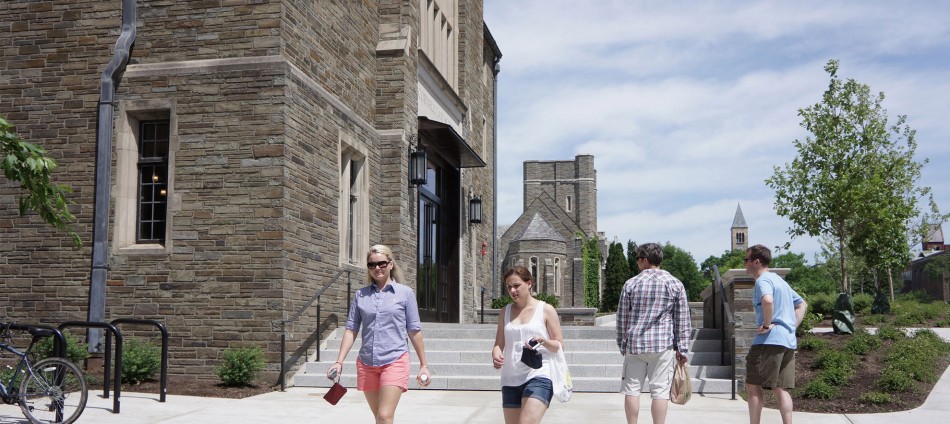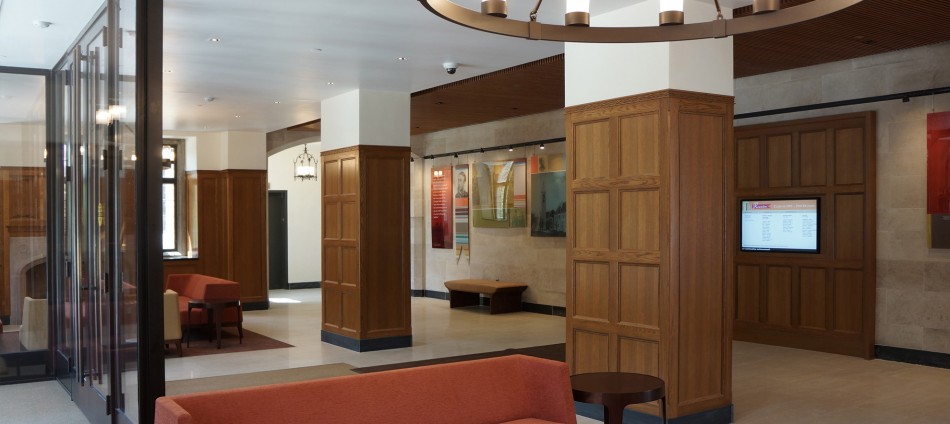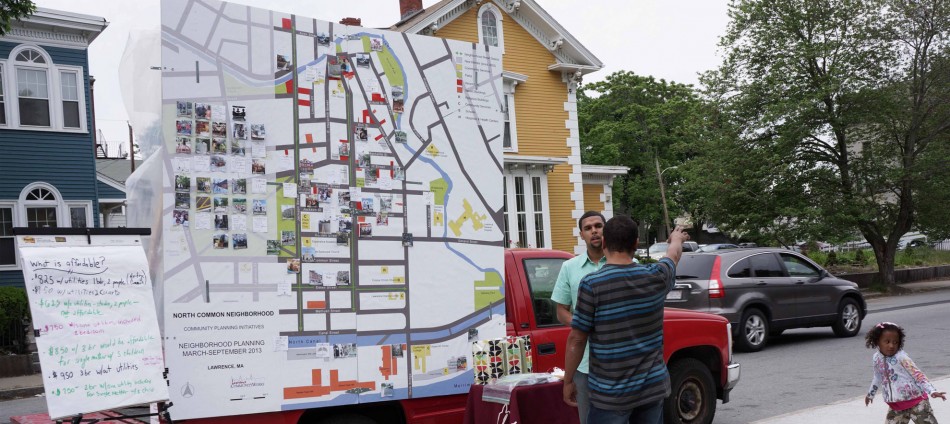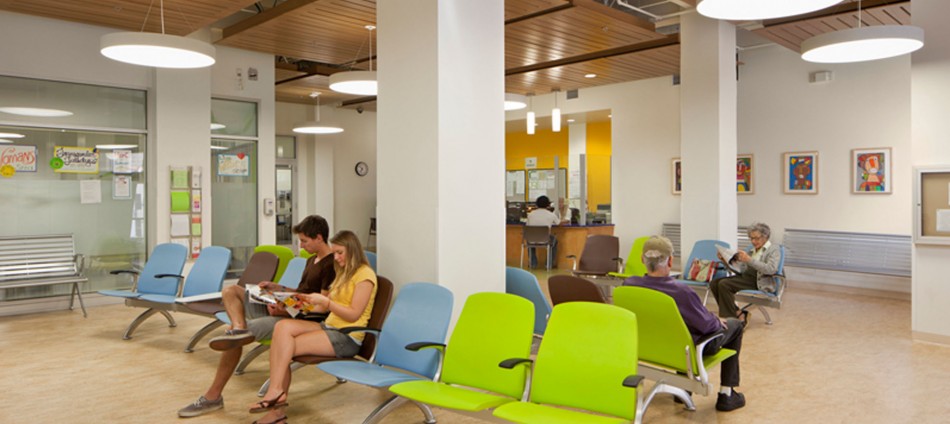News – Boston Society of Architects Spotlights Sorensen
The Boston Society of Architects (BSA) featured member Marie S.A. Sorensen AIA in June 2014 as its Spotlight Profile Architect.
Sorensen has been serving the BSA as a member of the Architecture Boston Editorial Board, a participant in the AIA MA Government Affairs Committee, and as Content Coordinator of docomomo-US/New England, bringing lectures and tours on modern buildings, neighborhoods, and sites to the BSA’s constituency.
You can follow this link to read the profile online or read the full text here:
Name: Marie S.A. Sorensen AIA
Job title and company: Principal-in-Charge/Architect, Sorensen Partners | Architects + Planners
Degree(s): MArch, University of California (UC), Berkeley; Master of City & Regional Planning/Urban Design, UC, Berkeley; BA, Art (honors) and Anthropology, Yale University
Professional interests: Architecture and planning are windows onto the world and, as disciplines, allow us to consider infinite facets of its construction and humane experience. The lenses that are brought to bear on a project depend on its specific needs, and so our work is always custom. As an anthropologist and building scientist, I am particularly interested in working with clients to achieve whole-cloth programming assessments and changes to their institutional cultures and construction strategies. I enjoy working in Boston: The intellectual milieu encourages a practice that acknowledges history and incorporates advancements in science and technology into technical construction. I appreciate the ability and contributions of Boston-area consultants to work with my office in a building information modeling drawing and modeling environment. As an office, our aim is to work across scales from architecture to masterplanning and regional planning, and to contribute to the experiential quality and beauty of public and institutional settings.
Working as Architectural Staff at Gelfand Partners Architects prior to starting the firm, Marie Sorensen designed and detailed the modernization and addition to Hoover Middle School in San Francisco. The entry addition (pictured) improves the public-facing appearance of the building and provides music performers a backstage green room while creating necessary accessibility improvements for the school’s steeply-sloping entrance path.
What are you working on now?
We are working with Boston East India Hotels, Endicott College, and Essex Art Center on schematic and construction-phase projects.
How do you explain to your mom what you do for a living?
My mom has been one of my most important mentors. She is a naturalist, a business owner, an observer and active participant in all facets of life, and an excellent planner. Her values of responsible contribution to civic life and continual learning continue to influence me.
What inspired you today?
I am setting up a photo booth to demonstrate and document design options for display shelving with variations of surface, wall material, and light-source location. I began with materials immediately available—a light table, a brick wall, and a bottle. It was a matter of minutes between conception and realization.
What industry buzzword would you kill?
Two buzzwords are on my list right now: “collaborate,” when it is meant to mean “work together,” and “ecosystem,” when it is used to describe the economic principle of agglomeration economies.
Working as Architectural Staff at Ann Beha Architects prior to starting the firm, Sorensen Partners Principal-in-Charge Marie Sorensen worked on the design and detailing of significant renovations to the Cornell Law School, including the addition of a new main entrance (pictured here) and stairway along College Avenue and a new lobby, three new lecture halls, a student commons and classrooms, and library renovations.
When you’re working, do you discuss or exchange ideas with your colleagues?
I find my best work involves a thorough period of production to a point that a concept holds together followed by critique from multiple people with expertise in the subject at hand—that can be a colleague, a client, an outside expert, a consultant, a product manufacturer, or a friend.
What are you reading?
Of Human Bondage by W. Somerset Maugham. In a spirit akin to James Joyce’s A Portrait of the Artist as a Young Man, Maugham traces the journey of a preacher’s orphan nephew through religious, institutional, and civic settings that he dreams of, engages with, and ultimately questions as his judgment and sense of self develop. This archetypally modern story evoking the late-Renaissance and Victorian tradition of the Grand Tour resonates even today, as we associate personal growth with a disrobing of our native cultures and participation in the cultures of others.
Do you sketch by hand or digitally?
I sketch by hand to record an impression and digitally to calculate fit.
Has your career taken you anywhere you didn’t expect?
My career took me from a great job at a 30-person firm in San Francisco doing K–12 schools and public-housing work to Boston in late 2009 when the economy collapsed. This move propelled me into a different clientele of higher education, cultural, and civic work. I retain and am now using my K–12 and housing experience again for new clients. These changes and my successful learning and growth through them reinforced an interest in taking on new programmatic and project challenges in step with mentors and industry veterans.
Working as Architectural Staff at Ann Beha Architects prior to starting the firm, Sorensen Partners Principal-in-Charge Marie Sorensen worked on the design and detailing of significant renovations to the Cornell Law School, including the addition of a new main entrance and stairway along College Avenue and a new lobby (pictured here), three new lecture halls, a student commons and classrooms, and library renovations.
Where is the field of architecture headed?
Architects need to grasp the larger A/E/C and building-products marketplace. I find it unacceptable that architects influence so little of the built environment. We need to learn how building components are produced and sold and influence that design and supply chain. On the opposite end of the spectrum, we need to be involved in regional and city planning to influence the design of transit-oriented communities with logical clusters of office use, services, recreational amenities, and homes. People today waste too much time commuting, [time] that could be spent exercising or with loved ones. Good planning for jobs-housing balance can ameliorate these issues. We also need to address industrial cities and worker housing to improve quality of life and reduce energy expenses for the poorest segment of our population. Beyond these social goals, architects need to demonstrate aesthetic leadership—a coherent contemporaneous voice beyond the novelties of Postmodernism and parametric design.
Can design save the world?
Salvation is a religious concept and will never be achieved in the secular realm—but if in terms of “save” one means progressive engineered improvement, then still, no, though we must continue to iterate and assess new designs. There are many other professions and constituencies involved in making decisions that affect the health of the earth and the social wellness of people, and many of those do not acknowledge design of the environment as a factor leading to deficiencies in the state of earth’s ecosystem or to social injustice. If as architects and planners we are able to contribute to improvements in the global built and natural environment by influencing decision makers outside our professional realm, we will still not know whether our engineered solutions have been improvements or have set us back, as systems models are imperfect. As often as possible, architects and planners should participate in and influence conversations with those outside our field. In terms of day-to-day work, our strategy on any project should account for the project’s participation in and impact [on] local, regional, and global ecosystems and cultures.
What do you hope to contribute from your work?
To create fit and inspire settings for members of an institution to enjoy, share, and experience those activities and achievements to which their founding mission statement aspires. To contribute to improvements in city and regional planning in the Boston region, the US, and globally. Finally, to impact the design and supply chain for best-in-class building products and components.
Sorensen Partners assisted Lawrence Community Works (LCW) in neighborhood masterplanning and community engagement including this large community map and interactive ‘solution cards’ to elicit ideas in conversation with citizens. The work was co-led by LCW’s experienced real estate and community facilitation teams and supported by a grant from the Massachusetts Department of Housing and Community Development.
Who or what deserves credit for your success?
Professional mentors and firm owners—Herb McLaughlin, Lisa Gelfand, David Fixler FAIA, Henry Moss AIA, Jane Weinzapfel FAIA, and Ann Beha FAIA; UC Berkeley classmates and professors—Jill Stoner, Paul Groth, Greig Crysler, Elizabeth MacDonald, Michael Southworth, Michael Teitz, and Jim Buckley; Yale professors—Peter Salovey, Lois Conner, and Edward Cooke; and my parents, siblings, and friends.
Your least favorite college class?
They were all good.
If you could give the you-of-10-years-ago advice, what would it be?
I had the advice I needed 10 years ago.
Your favorite Boston-area structure?
The Federal Reserve Bank of Boston (The Stubbins Associates, 1977)
Who would you like the BSA to interview next?
[Entrepreneur] Elon Musk—to question and capture the architecture and planning community’s input into the design, economic justice, and resource implications of his pneumatic people-moving and space-colonization concepts.
Prior to Sorensen Partners, Marie Sorensen worked at Gelfand Partners Architects as a technical architect and designer for the San Francisco Department of Public Health’s Waddell Urban Health Clinic, located within a former YMCA hotel. Owned and developed by the Tenderloin Neighborhood Development Corporation and built by Cahill Contractors, the restored structure includes 174 units of permanent affordable housing, a landscaped roof deck, and ground-floor retail space and achieved LEED Gold.

